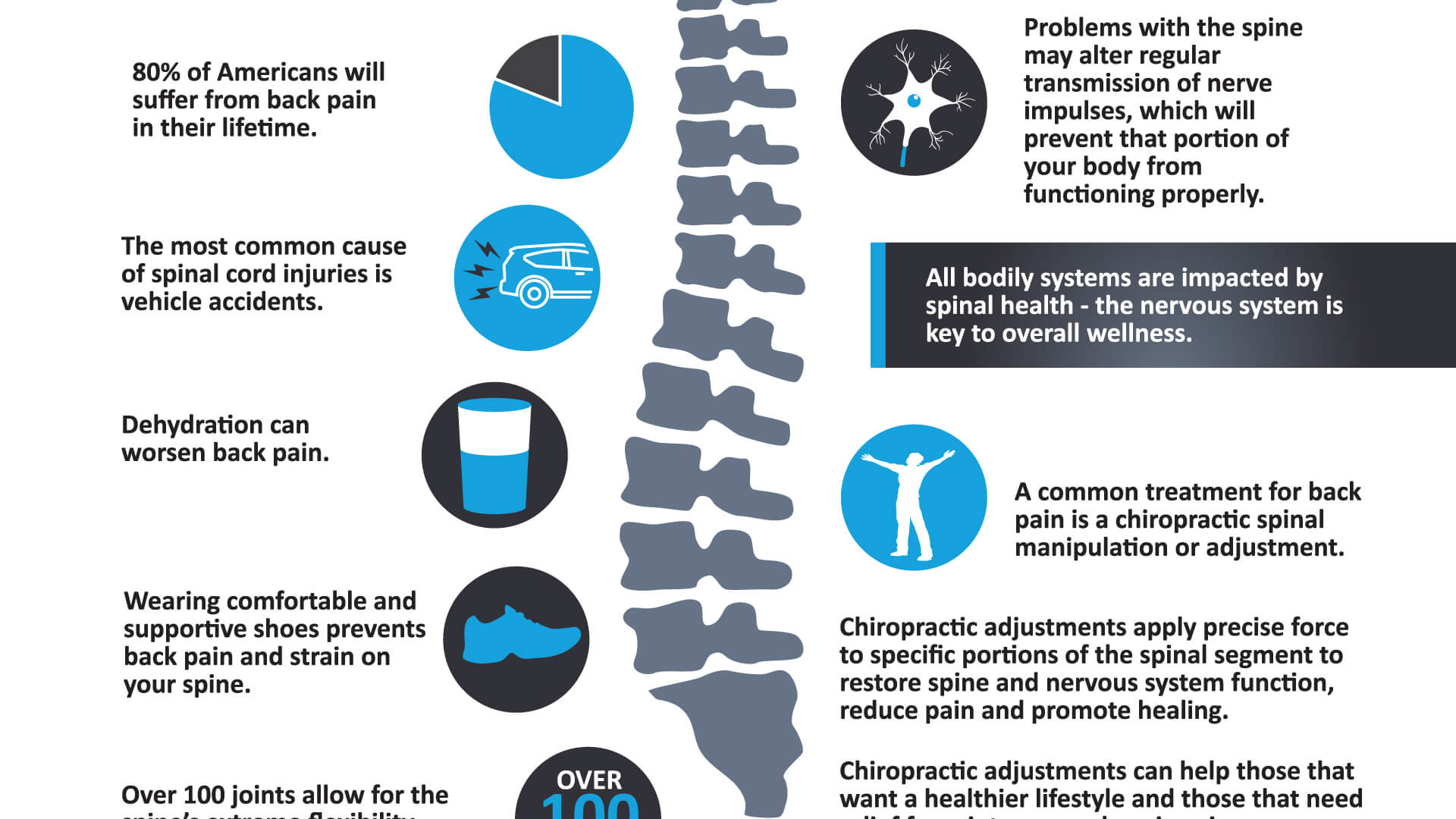Exploring The Mechanisms And Impacts Of Cold Laser Treatment: A Thorough Scientific Point Of View
Exploring The Mechanisms And Impacts Of Cold Laser Treatment: A Thorough Scientific Point Of View
Blog Article
Created By-Rosendahl Kornum
You may have become aware of cold laser therapy as an encouraging treatment alternative for numerous conditions, yet have you ever before asked yourself just how it actually works on a cellular degree? Understanding the devices behind this therapy can clarify its performance in advertising healing and reducing inflammation. By exploring the scientific research behind cold laser therapy, you'll obtain insights into the fascinating methods which light can affect cellular procedures and assist in cells repair.
Exactly How Cold Laser Therapy Functions
To comprehend how cold laser treatment works, you need to comprehend the basic principles of exactly how light power connects with biological cells. Cold laser treatment, likewise known as low-level laser therapy (LLLT), uses certain wavelengths of light to permeate the skin and target underlying tissues. Unlike the extreme lasers utilized in surgical procedures, cold lasers release reduced degrees of light that do not create warm or create damage to the tissues.
When these gentle light waves reach the cells, they're taken in by parts called chromophores, such as cytochrome c oxidase in mitochondria. This absorption triggers a series of biological reactions, including increased cellular power production and the release of nitric oxide, which boosts blood circulation and decreases swelling.
Furthermore, the light power can additionally stimulate the production of adenosine triphosphate (ATP), the energy currency of cells, helping in cellular repair work and regrowth procedures.
Fundamentally, cold laser treatment utilizes the power of light power to advertise recovery and ease pain in a non-invasive and mild fashion.
Mechanisms of Action
Exactly how does cold laser treatment really work to generate its restorative results on biological tissues?
Cold laser treatment, also known as low-level laser treatment (LLLT), operates with a process known as photobiomodulation. When the cold laser is put on the skin, the light power passes through the tissues and is taken in by chromophores within the cells.
These chromophores, such as cytochrome c oxidase in the mitochondria, are then stimulated by the light energy, resulting in a waterfall of organic reactions. One key system of activity is the improvement of cellular metabolism.
The taken in light power boosts ATP production in the mitochondria, which is important for cellular feature and repair service. In addition, cold laser therapy assists to decrease inflammation by preventing inflammatory mediators and promoting the launch of anti-inflammatory cytokines.
This anti-inflammatory impact contributes to pain relief and cells healing.
Healing Effects
Recognizing the restorative effects of cold laser therapy involves acknowledging just how the boosted mobile metabolism and anti-inflammatory buildings add to its favorable end results on biological tissues.
When the cold laser is put on the affected area, it stimulates the mitochondria within the cells, leading to enhanced manufacturing of adenosine triphosphate (ATP), which is crucial for mobile feature and repair. This boost in mobile energy speeds up the healing process by promoting tissue regeneration and reducing inflammation.
In addition, the anti-inflammatory properties of cold laser therapy help to lower discomfort and swelling in the targeted location. By hindering https://what-do-chiropractors-do06283.ziblogs.com/30299755/learn-more-about-the-innovative-duty-of-cold-laser-treatment-in-transforming-discomfort-monitoring-techniques-and-speeding-up-recuperation and promoting the launch of anti-inflammatory cytokines, cold laser treatment aids in minimizing pain and improving the overall healing feedback.
This decrease in inflammation not just gives instant alleviation but additionally supports long-term cells repair work.
Conclusion
To conclude, cold laser therapy works by boosting cellular fixing and tissue regrowth through photobiomodulation. Its anti-inflammatory residential properties offer pain relief and minimize swelling by preventing inflammatory mediators.
This treatment offers an extensive approach to recovery, delivering both immediate alleviation and long-term tissue repair benefits.
Via its systems of activity, cold laser treatment shows to be a reliable and promising treatment option for a range of conditions.
